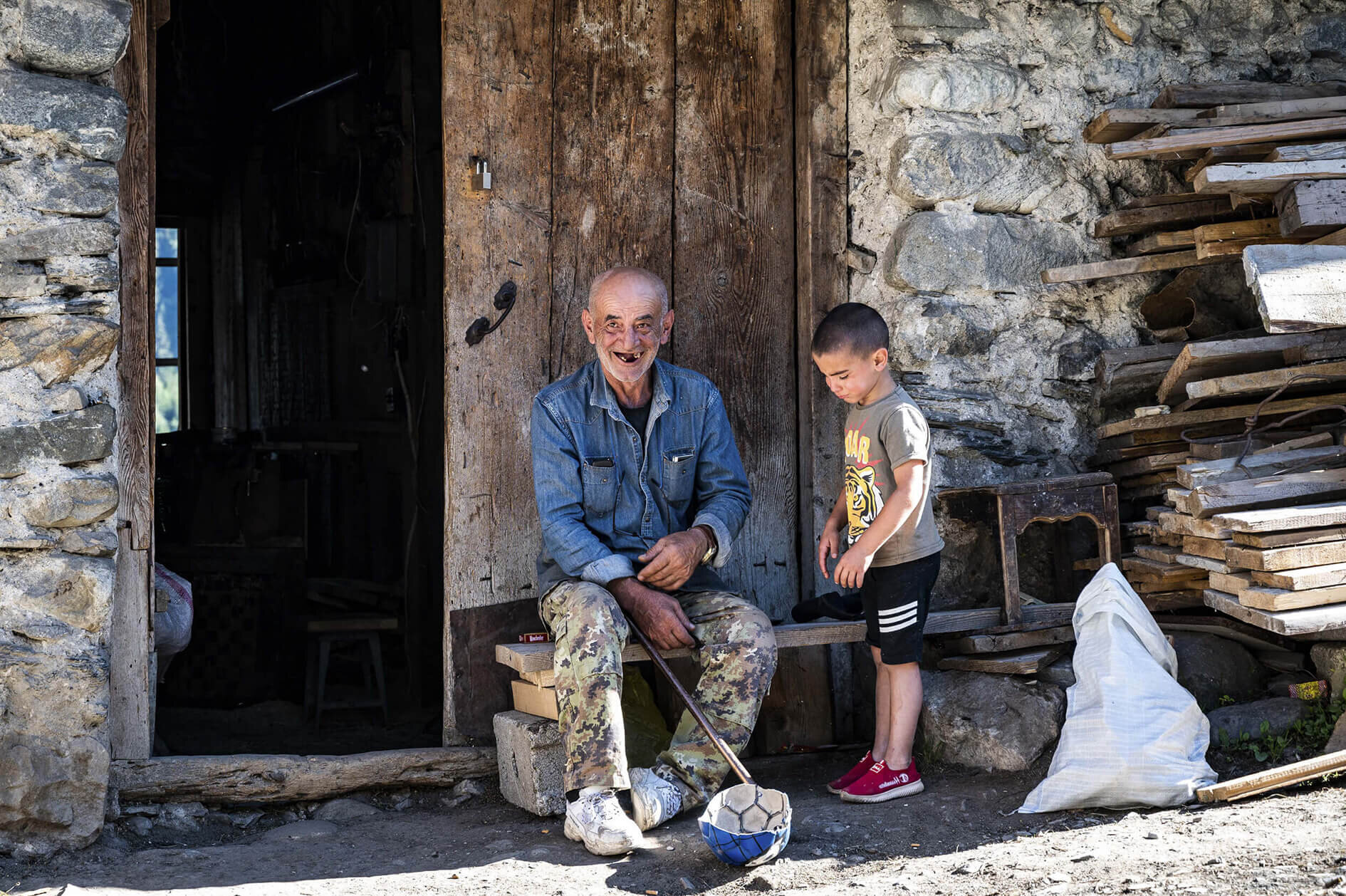
About ASDRR
Our Organization
The Austrian Society for Disaster Risk Reduction (ASDRR) is a NPO founded by experts in the field of natural hazard and disaster risk reduction in 2019. The ASDRR is based in Tulln an der Donau, Austria but operates internationally with a focus on countries being on the official development assistance agenda of OECD. From the beginning on the ASDRR has been cooperating closely with international partners such as the Austrian Development Agency, as well as with scientific institutes like the University of Natural Resources and Life Sciences in Vienna.
Our mission and assignments
The ASDRR was founded to share Know How in a holistic risk management cycle in the context of natural disasters in developing countries (ODA-list by OECD). Our association has three main objectives which are innovation, qualification, and internationalization in the field of Disaster Risk Reduction. We promote Austrian Know How, expertise, technologies, and products in this field. Additionally, we can support affected societies to improve their resilience to withstand the disaster.
Our purpose
We want to emphasize the importance of disaster risk reduction as a competence of the Austrian development assistance.
We want to transfer our know-how to the beneficiary states (OECD).
We want to develop context orientated measures against natural hazards in the beneficiary states.
We want to enable local partners to realize socially-, ecologically-, economically-, politically sustainable projects together with us.
We want to preserve livelihoods in mountains and contribute to strengthen vulnerable societies affected by the negative consequences of climate change.
Why do we do what we do
Our daily lives, living environment as well as Infrastructures, economy, and ecology are often endangered by natural hazards. Due to climate change and the increasing settlement in vulnerable areas it can be assumed that the number of natural hazards affecting society will increase. Damage and destruction of buildings and infrastructure are in many cases avoidable however. The same can be said for secondary costs such as social and economic factors that may not be as evident at first glance.
Especially in developing countries (OECD /ODA states) population growth and rapid infrastructure expansion lead to conflicts of interest. Hence, lives and goods become exposed to natural hazards like rock falls, avalanches, landslides or debris flows. Moreover, poor societies are often not able to cope with these consequences by themselves and external help is needed during and after an event. Therefore it is important to make people aware of the risk and educate them about the whole risk management cycle.




